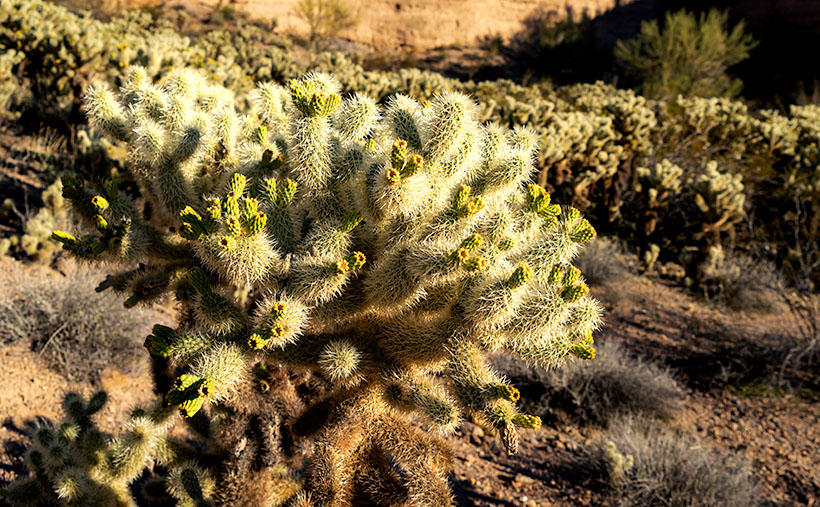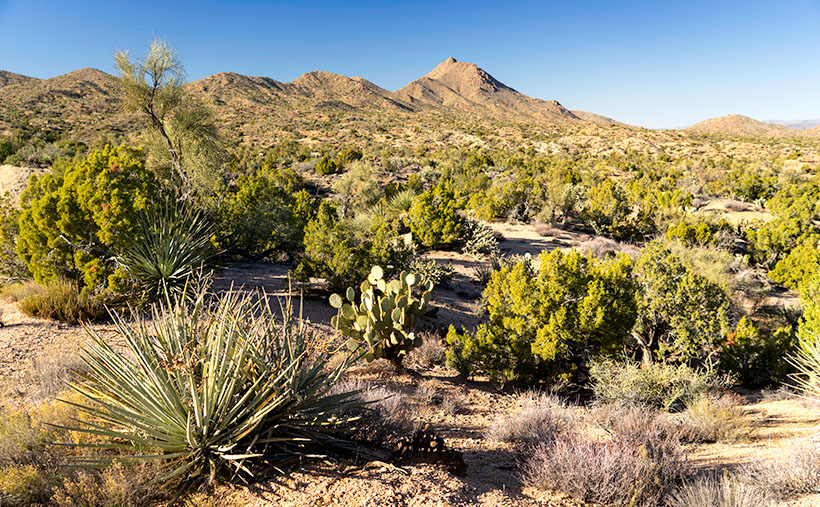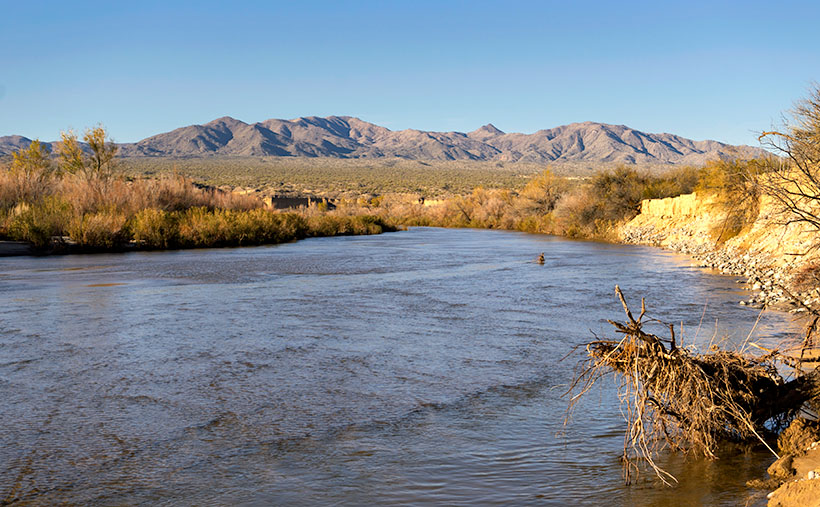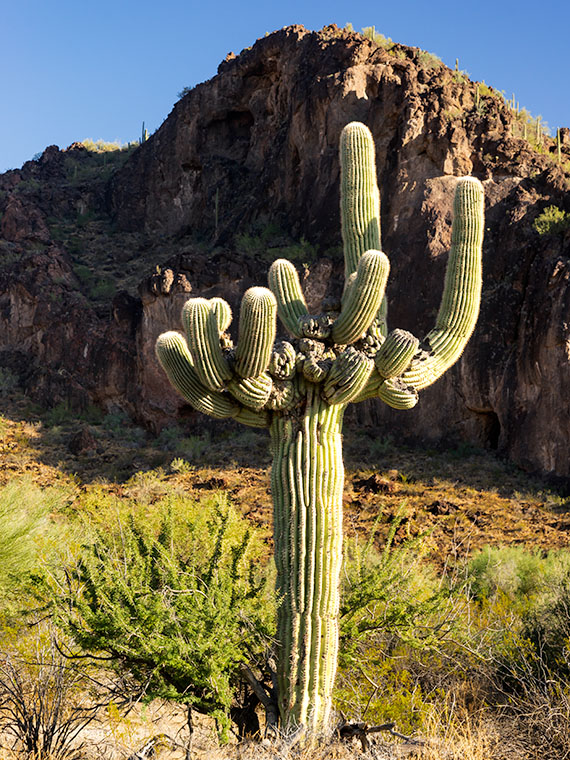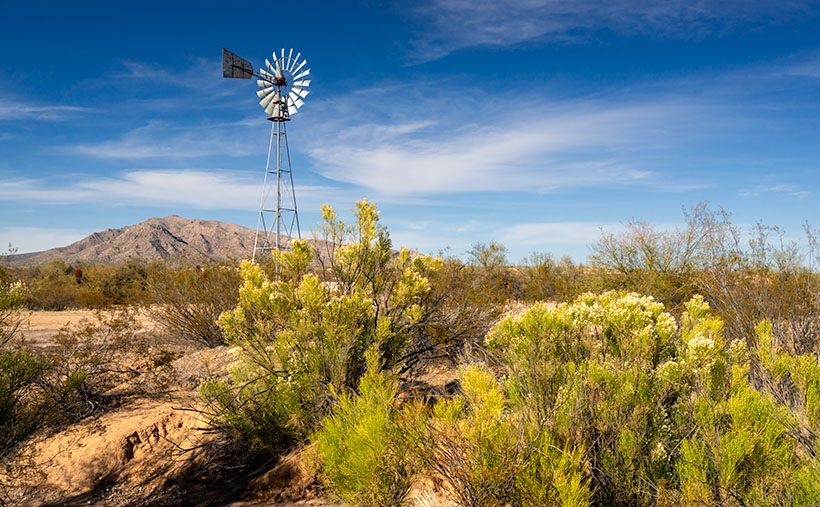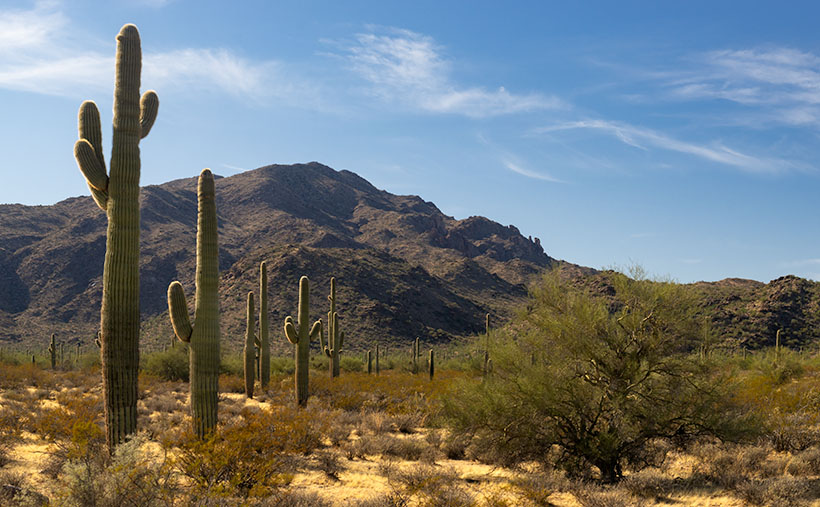Sometimes it’s frustrating to talk to foreigners—that is, people that live outside of Arizona, especially someone that has never visited here. When they find out you’re a Zonie, they turn their noses up, and usually, something like this falls out of their mouth, “How can you tolerate that heat, sand, and barren desert?” To them, our state is one homogenous sandbox inside an oven. They never ask, “Where in Arizona do you live?” That’s because no one has educated them about how diverse the state is.
Arizona has every climate zone but two: the Tropic and the Arctic zones. If you want to freeze your butt off, you’re out of luck, but San Diego is a good enough substitute for the tropics—at least for us. If you need something more hot and sweaty, you can always rent Cannibal Women in the Avocado Jungle of Death from Amazon, but I digress. Seriously, we have snow-capped mountains, high plateaus, transition grasslands, and four kinds of deserts. What more do you need?
After making these back road junkets for over a year, I’m finding out that there are even pockets of places that are different than what I expected to find there. Locations with their micro-climate, because they get more or less sun, wind, or rain than their surroundings. That’s what I got from this month’s trip over the Poachie Mountains. We saw water in a dry river, and evergreens growing alongside tall saguaros.
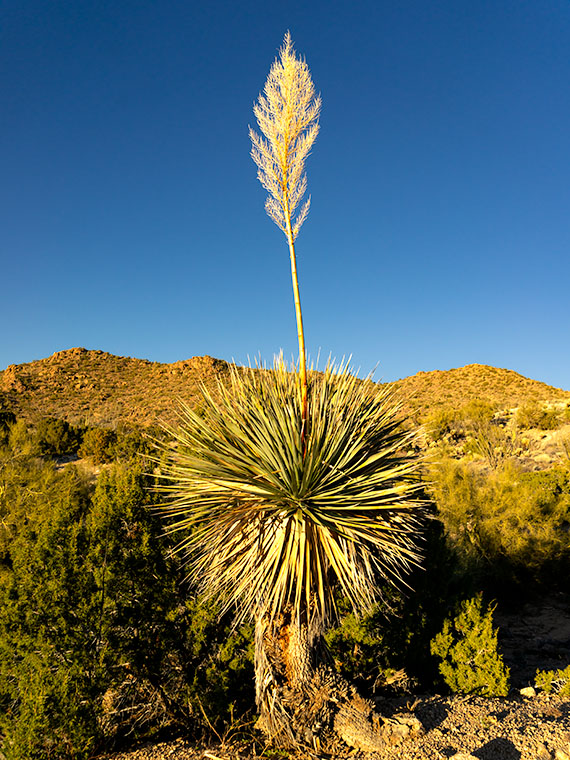
That brings us to this week’s featured image. It’s a photo of the ubiquitous yucca, a plant found throughout the southwest. They’re most photogenic when in bloom, which is spring. The yucca sends out a shoot with white edible flowers (but not raw) that fall off after pollination, and the seeds disperse in the wind. After all of the sex part is done, the stalk dries and falls off. In this case, the stem is still there, long after I believed I could get a shot like this.
Another thing about photographing yucca, they are always too far of a hike, surrounded by other plants, or not as symmetrical as this specimen. Whoever planted this one put it in a spot specifically for lazy photographers. I tip my hat to you, Mister Gardener.
You can see a larger version of Poachie Yucca Bloom on its Web Page by clicking here. I hope you enjoy viewing it. Join us next week as we travel down another one of Arizona’s back roads.
Until next time — jw

